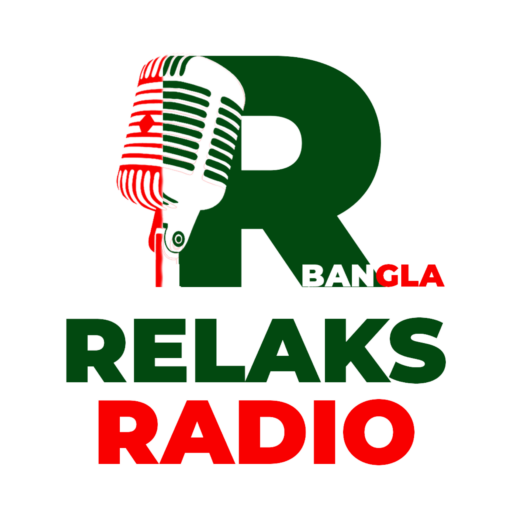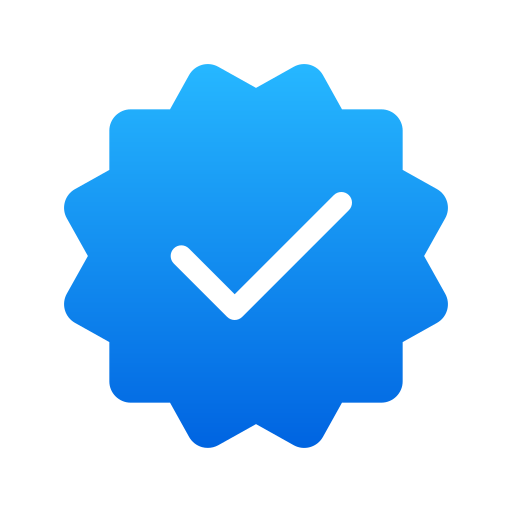Social Media
Description:
A Media Web Developer is a professional who specializes in creating and maintaining websites and web applications for media organizations, which can include news outlets, broadcasting companies, entertainment platforms, and digital media companies. Their role combines web development skills with an understanding of the unique needs and challenges of the media industry. Here’s an overview of the typical responsibilities and tasks associated with the role of a Media Web Developer:
- Website Development: Design, develop, and maintain websites and web applications for media organizations. This includes creating both front-end (user interface) and back-end (server-side) components.
- Content Management: Implement content management systems (CMS) that allow media professionals to easily update and publish content, such as articles, videos, images, and multimedia.
- Responsive Design: Ensure that websites are responsive and mobile-friendly, providing an optimal user experience on a variety of devices and screen sizes.
- Multimedia Integration: Integrate multimedia content, such as videos, podcasts, and interactive graphics, into the website, optimizing them for performance and user experience.
- Database Management: Create and maintain databases for storing and retrieving content, user data, and other information relevant to the media organization.
- User Experience (UX) Design: Focus on creating a user-friendly and engaging experience for website visitors, making it easy for them to find and consume media content.
- Security: Implement security measures to protect the website from cyber threats, ensuring data privacy and compliance with regulations.
- Performance Optimization: Optimize website performance by reducing load times, improving page speed, and enhancing overall site efficiency.
- Search Engine Optimization (SEO): Apply SEO techniques to improve website visibility in search engine results, making it easier for users to find media content.
- Integration with External Platforms: Develop integrations with social media platforms, analytics tools, advertising networks, and other external services that media organizations use.
- E-commerce Functionality: If applicable, incorporate e-commerce features for subscriptions, paywalls, and merchandise sales.
- Data Analytics: Implement tracking and analytics tools to collect and analyze user data and content performance, providing insights for decision-making.
- Collaboration with Content Teams: Work closely with content creators, editors, and multimedia producers to understand their needs and provide technical solutions.
- Testing and Quality Assurance: Thoroughly test websites and web applications to identify and resolve any bugs, glitches, or usability issues.
- Version Control: Use version control systems (e.g., Git) to manage code and collaborate with other developers.
- Continual Learning: Stay up-to-date with the latest web development technologies and trends, particularly those relevant to the media industry.
- Accessibility: Ensure websites are accessible to individuals with disabilities, following accessibility guidelines and best practices.
- Compliance and Copyright: Be aware of legal and copyright issues related to media content and ensure the website complies with relevant laws and regulations.
- Backup and Disaster Recovery: Implement and maintain backup and disaster recovery plans to safeguard website data and content.
Media Web Developers play a vital role in the success of media organizations by creating and maintaining online platforms that connect the content with the audience. Their work allows media professionals to deliver news, entertainment, and information to a global audience in an engaging and efficient manner.
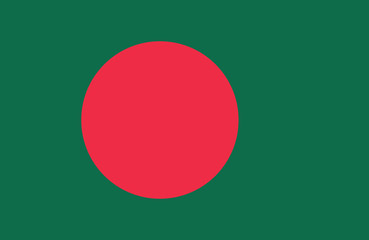 Bangla
Bangla United Kingdom
United Kingdom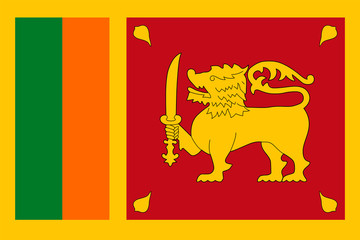 Tamil
Tamil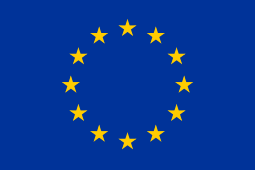 European Union
European Union India
India Pakistan
Pakistan Relaks Music
Relaks Music Relaks TV
Relaks TV